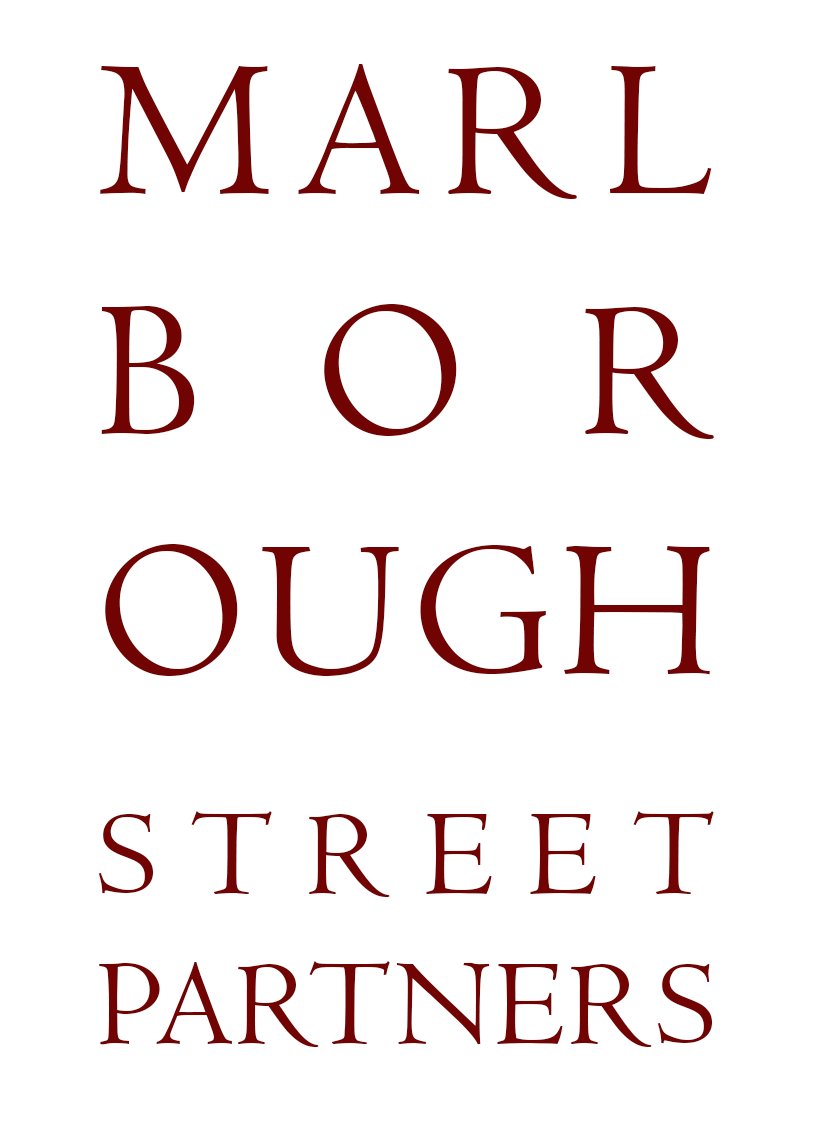Customer Success = Financing Success
The Customer Success discipline has become an essential tool not only for market success, but also for success in financing efforts.
It has been a tough couple of years for both growth stage companies and their investors. In fact, the slowdown in the IPO market combined with a marked decrease in M+A activity has created liquidity problems for numerous venture funds, leading many to sell a portion of their stock in portfolio companies to provide cash for Limited Partners. Founders too are taking extreme measures to extend their cash runways to avoid the prospect of a flat or down round, or worst case, a fire sale.
It's a numbers game…
That is, the numbers that spell success that is worthy of investment. Market potential, exit potential, revenue growth, and cash burn rate have always been key KPIs that investors scrutinize when assessing a potential investment. Particularly in the SaaS space those carefully examined numbers also include ARR/MRR (Annual/Monthly Recurring Revenue), ARPC (Average Revenue Per Customer), CAC (Customer Acquisition Cost), LTV (Lifetime Customer Value), LTV/CAC Ratio, and NRR/GRR (Net and Gross Revenue Retention) among others.
The ability to achieve investable numbers not only has to do with your ability to reel-in customers, but in how efficiently you monetize them. Sales may be growing exponentially, but customer churn could be negating much of the progress. For SaaS companies in particular, the combination of low switching costs and high customer expectations requires a concerted rollout-through-renewal Customer Success discipline. And investors are watching. An effective customer success program means delivering things like a quick and painless onboarding experience, on-demand support and training services, coaching to let customers unlock more value from your technology, and experts to take customer experience to the next level.
So where to start?
It is all about the customer. Many firms are creating customer journey maps to plot the step-by-step experience customers have when they acquire, roll-out, and utilize the firm’s product. Often a team is assigned to review and optimize each stage of the journey to ensure the customer’s experience is as seamless, efficient, and satisfying as possible.
A great customer experience isn’t limited to happiness with product features and functions. It is dependent upon how we nurture customers from early communications through sale, deployment, use, and on to renewals and upsell. At the early-stage marketing, business development, and sales teams are all critical to setting customer expectations, so consistency in how they communicate what customers should expect is key to ultimately meeting those expectations. This is why, for example, it’s vital to have members of the Customer Success team active in sales meetings. Because they are pivotal to the transition from sales to post-sales, prospects must have a high level of comfort that you have the right people in place to support them on their journey with your firm. Any apparent shortfall in your Customer Success team demands immediate attention.
But what to look for in Customer Success managers?
It’s a unique blend of business acumen, technical knowledge, and interpersonal skills. CS managers need to guide and coach your customers, help them get more out of your product, and even help them demonstrate the benefits of using your technology to the stakeholders within their own companies. Then there is the commercial side. Increasingly, CS managers are not only tasked with renewals, but also with expansion sales.
Fortunately, processes and techniques have been developed to help CS managers gauge the client’s health, assess the client’s ability to expand, provide analysis on NPS/C-SAT scores, and evaluate how the client is using your software (usage/telemetry data). Often these are codified in use-case guides and playbooks that systemize these approaches and define a cadence of formal and informal touch points with the client. A plethora of 3rd-party tools also now exist to support these processes.
Shared Success
The SaaS model creates both a high level of shared responsibility within your organization to achieve customer’s success, and a partnership with customers who also want that success. Done are the days of pushing to sell more seats while leaving the client to fend for themself to deploy them. If you currently have mediocre NPS/C-SAT scores, or if your Net Revenue Retention (NRR) is not over 100%, the metrics are telling you something that investors won’t ignore.
Time to take a closer look at your CS function.
Duane Kotsen, Partner

